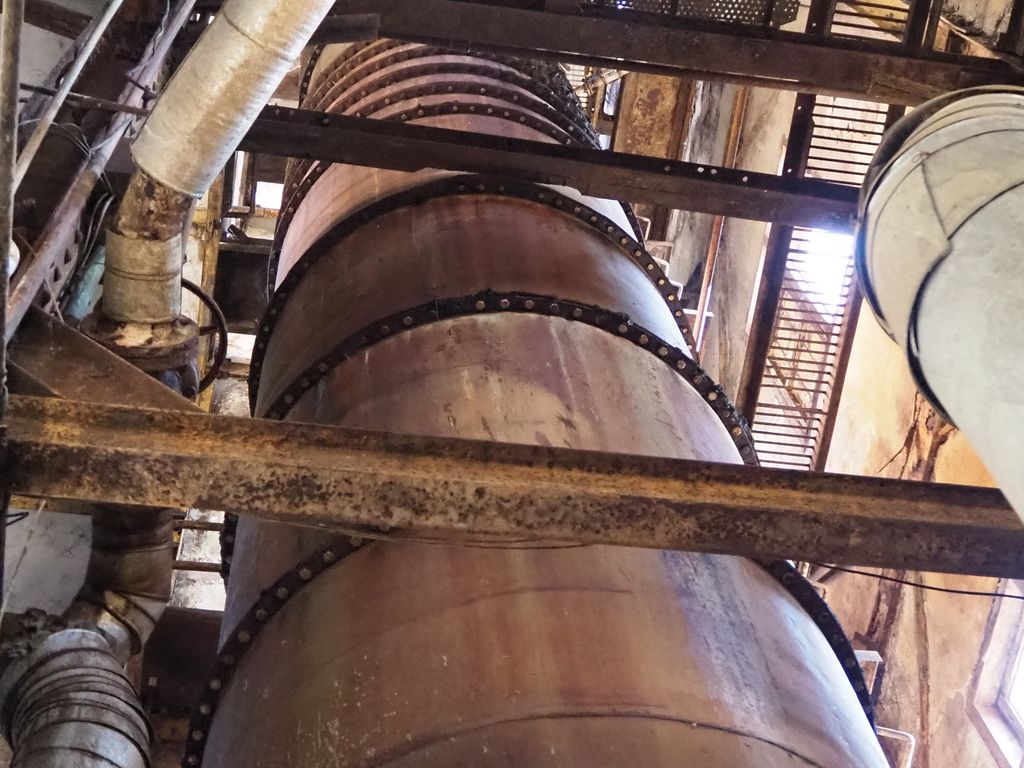
A short history of rum in Cuba
The island of Cuba was colonized relatively late, in 1511, when Diego Velazquez de Cuellar established the first 7 large cities there. Cane plants were quickly imported, as well as slaves, without producing sugar. The juice of the cane was then used more to quench the thirst of forced laborers.
At the beginning of the 17th century, the "trapiches" (cane mills) were modernized, and the first sugar factories appeared. Cuba then saw the birth of about sixty factories ("centrals") until the middle of the same century. Distillation was rare there, because the Spanish colonists were more focused on the search for gold. The few existing distilleries were destroyed in 1714, under pressure from producers of spirits and wines from the old continent.
It was the brief British occupation of 1761 that changed the situation. The English opened the sugar market to the New England colonies (which would become the United States) and significantly modernized production. The sugar industry took off again, as did the rum industry, after the reintroduction of distillation equipment. Finally, rum was finally legalized in 1777.
The First Golden Age of Cuban Rum
After the proclamation of the State of Haiti in 1791, following a slave revolt that burned and destroyed most of the sugar cane fields and mills, the international community turned away from this half of the island of Hispaniola. Sugar production was thus partly re-concentrated in Cuba, which inherited a share of this market. In addition, many plantation owners in Haiti emigrated to Cuba, bringing their technology and know-how. The United States remained a loyal customer, even after the Spanish regained control of the island, which continued to ensure substantial markets.
At the beginning of the 19th century, there was the mechanization of power stations and a significant increase in the quality of the rums produced. Cuban rum then acquired a worldwide reputation. It distinguished itself from the rest of the production thanks to a light rum profile that gradually became a real trademark.
Cuba's distilleries were the first to use distillation columns , perfect for crafting a light style. But it was carbon filtration that sealed the essence of this Cuban style, ensuring a velvety feel that contrasted with other, much harsher Caribbean productions. It is also noted that the Cubans were among the first to develop their own true brands, unlike the other islands that tended to sell their rum in bulk.
The first rum officially defined as "ron ligero" (light) was Ron Santiago De Cuba , the only one today to still bear the name of the sugar factory to which it is attached.
The turning point of prohibition
In 1920, American prohibition had a double effect. It obviously caused a drop in rum sales, but on the other hand, a strong demand for industrial and pharmaceutical alcohol. It was also at this time that the legend of Cuban rum was born in popular culture. Americans who came to the island for partying and debauchery also discovered a thriving cocktail culture , and became attached to these light rums, taking with them an unforgettable souvenir of Cuban rum on their return.
Despite this, and as everywhere, the sugar crisis dealt a serious blow to the industry, and many sugar factories closed their doors in the first half of the 20th century. Sugar cane was, along with tobacco, the essential agricultural production of the economy.
With the end of Prohibition, the rum business began to recover, peaking during World War II, with record exports to the United States. The legend of Cuban rums was once again carried by Americans, such as Ernest Hemingway, and by movie stars who came to Cuba after the war. Cuba was once again the world's leading producer, with sugar and rum having regained their place in the economy.
The revolution and the advent of Fidel Castro
At the end of the Cuban Revolution in 1959, Fidel Castro nationalized all production, and relations with the United States were broken off. (Amusingly, the famous Cuba Libre cocktail is made with Cuban rum and American Coca Cola.)
It was at this time that the dispossessed Bacardi family left the island for Puerto Rico, and Matusalem rum emigrated to the Dominican Republic. This did not prevent Bacardi from prospering, since the bat brand became the world's leading producer.
Meanwhile, in Cuba, the old Havana Club brand had resumed service, and was supplied by all the nationalized distilleries on the island. Times were initially hard for Cuban distilleries, until the 1980s when exports of Havana Club resumed to Spain or Mexico.
In 1993, French spirits giant Pernod Ricard signed an agreement with Fidel Castro's government. This was a real international boom for Havana Club, which found itself distributed worldwide.
Cuban Rum in the 21st Century
Today, the Cuban rum landscape is still marked by the regime in place, with 3 distinct types of entities:
Azcuba (Tecnoazucar) is part of the Ministry of Agriculture. It is the government entity that governs everything related to cane and sugar.
Cuba Ron , for its part, depends on the Ministry of Food. It brings together for the most part "rum factories", that is to say aging cellars and bottling lines. It is the one that controls the entire rum sector. Then there are about twenty different brands, which are supplied by a handful of distilleries. Note that we almost always distinguish the distilleries from the brands/rum factories that blend and age. Santiago de Cuba is a particular exception, because all the steps are carried out on its own site.
The two government entities are "competitors" and each owns its own distilleries and brands.
For Cuba Ron: Havana Club, Cubay, Perla del Norte, Varadero , Caney, Santiago de Cuba, Eminente, Isla del Tesoro…
On the Azcuba side: Vigia, Mulata , Conde de Cuba, Black Tears and La Progresiva.
There is a distillery that is often found among independent bottlers, and which is also the only one in this case. It is the Paraiso distillery, in the province of Sancti Spiritus. It has the particularity of being run by the maestros roneros of Bacardi who remained on the island during the nationalization, unlike the former owners.
2020, a new pivotal year?
The year 2020 was punctuated by the arrival of two new brands, announcing a revival of Cuban rums. These are projects led by European companies, in collaboration with the Cuban government. This type of collaboration had not taken place since 1993 (the agreement with Pernod Ricard), and shows a desire of Cubans to assert their rightful place in a world of rum in the midst of a new golden age.
The Ron Vigia joint venture, born in 2019 from the collaboration between The Island Rum Company and Azcuba, thus offers La Progresiva and Black Tears. The first is a blend of rums (aguardientes and light rums) with an average age of 13 years, intended mainly for tasting. The second is a spiced rum with flavors of coffee, cocoa and spices, with only 9g/L of sugar. Black Tears is the very first and only Cuban spiced rum and also shows Cuba's desire to modernize its offer and continue to prove its appeal for cocktail culture.
The Norwegians from The Island Rum Company will ensure the worldwide distribution of these products.
Eminente , meanwhile, is a new brand created by LVMH, which sources its rums from Cuba Ron. This 7-year-old vintage has the particularity of containing 70% aguardiente (a highly aromatic brandy), while most Cuban "rones" only contain 10%. It is worth noting that Frenchman Alexandre Vingtier, a spirits consultant, participated in the development of this rum, along with Cuban maestros roneros.
Another rapprochement also took place in 2019, when Diageo's European subsidiary created a joint venture with the distillery that produces Santiago de Cuba, thus ensuring it a much wider distribution.
The production of Cuban rum
In Cuba , rum-making techniques were the same as in the rest of the world until the early 19th century. Repetition distillation was the norm, as were relatively long fermentations. It was the arrival of the distillation column and carbon filtration that changed everything, and defined the light style of Cuban rums.
Fermentation times also tended to shorten over time, as did the practices of "seasoning" rum. In 1948, Désiré Kervegant retained that fermentation times were 3 days. Double distillation was not completely abandoned, since people still spoke of madilla (heart), cabeza (head) and cola (tail). Since these terms did not apply to continuous distillation, it can be assumed that discontinuous distillation was still de rigueur for the production of aguardientes.
In his book "Rhums et eaux-de-vie de canne", Kervegant mentions the famous carbon filtration, but also sand filtration. More surprisingly, he mentions the use of "sauces", based on wines and fruits. This practice has disappeared today for the category of rums, but still exists in "elixirs" such as that of Legendario . The author also describes Cuban rums as being intended for cocktails, very briefly aged, in American oak or ex-bourbon barrels. We will see a little later that things have changed very recently.
Today's Cuban Rums
Cuban rums are produced exclusively from local molasses , fermented for 24 hours. Distillation is done only in single or multiple columns. Aguardientes, with concentrated aromas, are distilled at 75% alcohol, in single columns. Cane alcohols or light rums come out of more efficient multi-column installations, at 94-95% alcohol on average.
Aging is a really crucial step, and takes place in two stages. The aguardientes are aged for 2 years in barrels, then filtered. They are then diluted, in different proportions, with cane alcohol and water. These rum "bases" are aged again, for longer and variable periods. For this second maturation, very old barrels are chosen. Indeed, we are looking more for oxidation and the work of time, rather than the extraction of wood that young barrels provide.
All the art of the Cuban drone maestros then lies in the assembly of the dozens of bases that they have at their disposal.
Cuban rum was given a DOP (Protected Designation of Origin) in 2013, which sets out a number of rules burying certain old practices. Cuban rum must therefore be made from molasses , with no additives other than sugar, which is limited to 20g/L. Distillation must be done in a column, and must be followed by aging in at least two stages, in used American oak (which excludes the new barrel mentioned by Kervegant).
We have much to learn from Cuba
In conclusion, this very important part of rum culture that is Cuban history is extremely rich. The island's master rum makers have influenced everything that is called " the Spanish tradition ", even if we have sometimes forgotten their subtlety and rigor along the way. If these traditions are gradually opening up to us today, they are still full of secrets. But the interest of amateurs can only lift the veil a little more, especially if we continue to stimulate it with releases of real old tasting rums like La Progresiva and Eminente, which will have made obsolete the writings of our dear Mr. Kervegant describing Cuban rums as "young rums for cocktails".
Photo credits: Havana Club and Bodega Vigia. Thanks to Romain Cimenta / The Spirits Connection for his help!
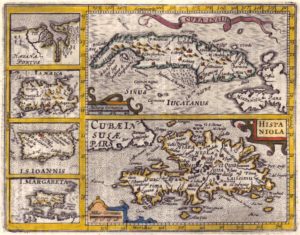
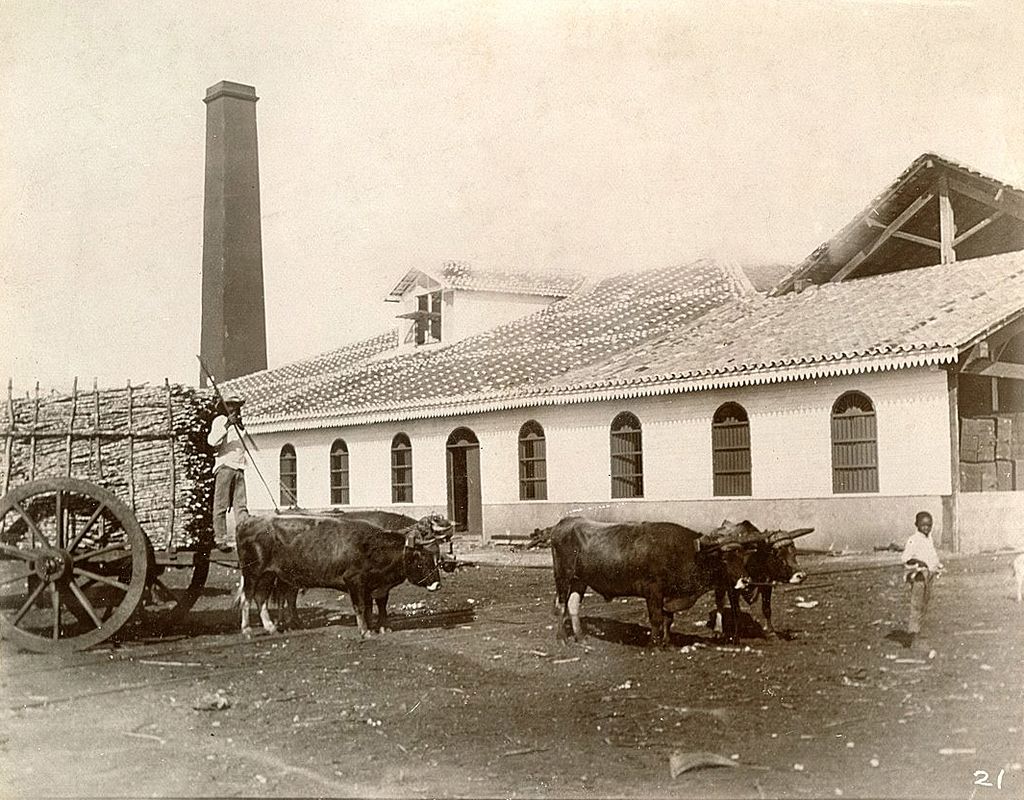
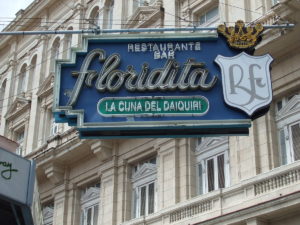
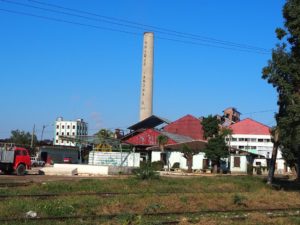
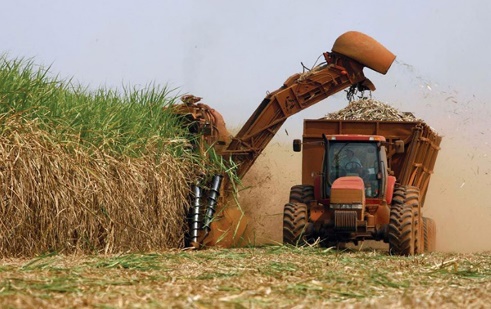
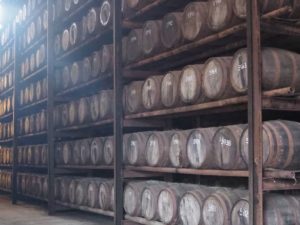
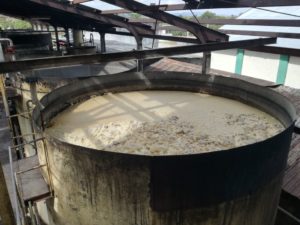
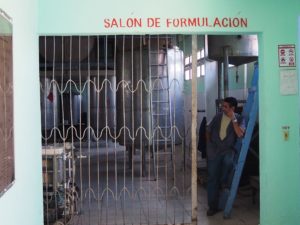
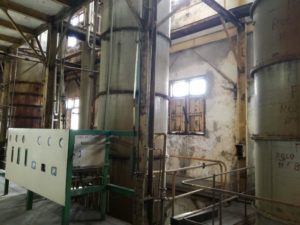
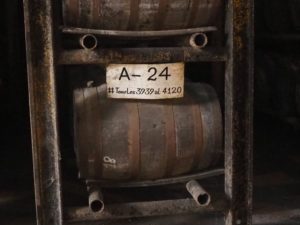
Very cool to see Kervegant referenced! Don't forget that some of the best looks at Cuban rum in the early 20th century come from Peter Valer's Foreign and Domestic rums in 1937. Kervegant relied on that reference. I had corresponded a few years back with a Cuban rum scientist who was not too aware of the works of Rafael Arroyo so I sent them all the PDFs I had! Best. -Stephen
Actually our dear Désiré is referenced here thanks to you and your website! Many thanks for this incredible work you're putting in. I'll read the document you mentioned right away. Cheers, Nico